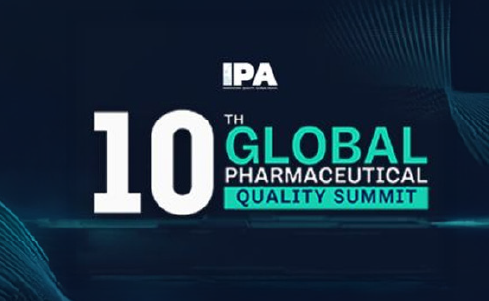By Satish Reddy
Our founder, the late Dr. Anji Reddy, was a visionary who built Dr. Reddy’s Laboratories into one of India’s foremost pharma companies with a strong international presence and a competitive business model. And yet, he chose to call his memoirs An Unfinished Agenda—the unfinished agenda being the commercialisation of a new drug discovered and developed by Dr. Reddy’s in his time. To be sure, under his leadership, our company initiated new drug discovery all the way back in 1992 resulting in the discovery and out-licensing of a diabetes drug to an international diabetes major by the late 1990s. But the costs and risks of going beyond early-stage discovery appeared prohibitive. The new drug discovery programme continued with further out-licensing of drugs in the immuno-oncology, auto-immune and other therapy areas. It was the late Dr Anji Reddy’s dream in 2013 to see Indian pharma successfully discover, create and market a pipeline of new molecules as a mark of becoming a fully original innovation-driven industry.
Making the leap from simple to highly complex and differentiated molecules, biologics, niche drugs for orphan or neglected diseases with complex delivery systems, new chemical entities that truly identify and meet unmet patient needs starts with long-term vision and investment in innovative and science-driven R&D.
Innovation involves risk. Cost of technology, cost of new capabilities, cost of long gestation periods and even the cost of failure, all must be factored in. Therefore, risk-taking can happen only within an enabling ecosystem.
Funding will be one of the single biggest drivers of innovative R&D in pharma to enable such an ecosystem. Here, along with the pharma industry, I see an important role for other stakeholders—the government, regulators, academia, start-up and tech entrepreneurs, private funders, etc. We are aware that some of the biggest historic pharma discoveries made around the world have succeeded in large part due to government funding. Collaborations such as Dr Reddy’s with the Biotechnology Industry Research Assistance Council (BIRAC) of the department of biotechnology in October 2020—for advisory support on clinical trials of Sputnik V in India—and funding help us come together to offer agile and quick solutions to urgent healthcare needs, especially where specialist skills are needed. Next, restoration of policy incentives such as weighted deduction in R&D expenditure and patent box, and incentivising the right kind of projects will definitely have a significant role to play. External non-governmental or private sources of funding such as venture capitalists and private equity can contribute to this ecosystem— pharma and healthcare assets have been of great interest to them, and investing in assets from early discovery stage rather than late-stage acquisition may contribute greatly to the R&D outcomes and successes of these assets. Equally, I believe that with the right kind of support, academia, start-ups and entrepreneurs can all be mutually helpful partners to the pharma industry in identifying unmet patient needs and conducting targeted research.
Funding for innovative R&D constitutes a critical pillar of an enabling ecosystem. As the other pillars, I would highlight:
Policy support: just as it was the landmark Indian Patents Act of 1970 that turned things around for Indian pharma and helped it become competitive in Active Pharmaceutical Ingredients (API) and then generic formulations, we need policy support to spur innovation
A regulatory landscape that lays down clear timelines, accountabilities, support to clinical trials in the country, etc.
Industry-academia collaboration: There are many examples of countries around the world such as the United States, Israel, Japan and others that demonstrate the truly pivotal role such collaboration plays in pharmaceutical innovation
Encouragement to the right talent and skills.
Creation of innovation hubs in the country: A hub where all of the above co-exist at scale to facilitate synergy. It is heartening to see cities like Hyderabad and Bangalore already make an effort in this direction.
To this end, the draft R&D policy that is under consideration currently has been a welcome, inclusive move by the government of India, and a much-needed realistic view of present-day and future requirements. It is yet another step in the increasingly agile and mutually responsive partnership that has formed between the government and the pharma industry in recent times. The momentum generated by our unprecedented cooperation during the pandemic, by the consideration of the draft R&D policy with inputs from all stakeholders, and by timely conversations such as the Global Innovation Summit must now be maintained and must result in implementation. Indian pharma is in a unique position today to serve the needs of patients at home in India, in developed markets such as the US, and stand for access and affordability in Low and Middle-Income Countries (LMICs). Being innovative and competitive whilst maintaining the highest standards, therefore, would be central to its success.
The author is Chairman, Dr Reddy’s Laboratories Limited
Get live Share Market updates, Stock Market Quotes, and the latest India News and business news on Financial Express. Download the Financial Express App for the latest finance news.
This article was originally published on Financial Express

